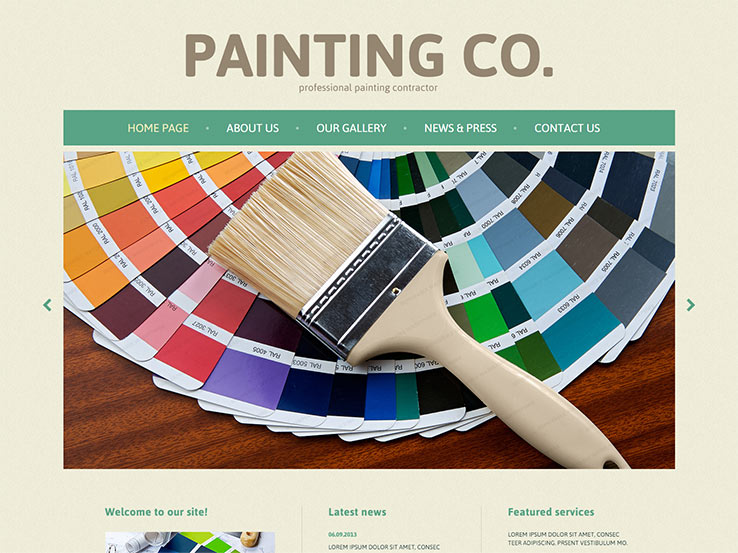Seasonal Considerations For Business Outside Paint: What You Need To Know
Seasonal Considerations For Business Outside Paint: What You Need To Know
Blog Article
Article By-McLamb Decker
When you're planning a commercial outside painting job, seasonal elements can make or break your outcomes. You'll intend to take into consideration just how temperature and humidity impact paint application and drying out times. Picking the best season can ensure your paint sticks appropriately and lasts much longer. Yet which seasons are really the best for this type of job? Allow's discover the crucial elements that can affect your job's success.
The Effect of Temperature Level on Paint Application
When you're planning an industrial exterior paint job, the temperature can dramatically impact just how well the paint adheres and dries.
Preferably, you intend to repaint when temperature levels range between 50 ° F and 85 ° F. If it's as well cool, the paint might not cure correctly, causing problems like peeling off or splitting.
On the other hand, if it's too hot, the paint can dry also quickly, preventing correct adhesion and leading to an irregular coating.
You need to also think about the time of day; early morning or late afternoon supplies cooler temperature levels, which can be more desirable.
Always inspect the producer's recommendations for the certain paint you're using, as they usually supply assistance on the ideal temperature level array for ideal outcomes.
Moisture and Its Impact on Drying Times
Temperature isn't the only environmental factor that affects your commercial exterior painting job; humidity plays a considerable role as well. High moisture levels can reduce drying out times significantly, influencing the overall top quality of your paint work.
When the air is saturated with moisture, the paint takes longer to cure, which can cause concerns like poor bond and a greater danger of mildew development. If you're repainting on a specifically damp day, be prepared for prolonged wait times between coats.
paint companies to keep an eye on local weather and plan as necessary. Ideally, aim for moisture degrees in between 40% and 70% for optimal drying out.
Maintaining these factors in mind ensures your job remains on track and provides an enduring surface.
Best Seasons for Commercial Outside Paint Projects
What's the best season for your business exterior painting projects?
https://cabinetpaintersnearme01110.jts-blog.com/33316397/discover-the-exceptional-impact-of-home-painters-and-see-how-their-outstanding-abilities-can-change-your-home-into-a-stunning-masterpiece and early autumn are normally your best options. During these periods, temperatures are mild, and moisture levels are typically reduced, producing suitable conditions for paint application and drying.
Stay clear of summertime's intense heat, which can trigger paint to dry also promptly, leading to poor attachment and surface. In a similar way, winter season's cool temperatures can prevent proper drying and curing, risking the longevity of your paint task.
Go for days with temperature levels in between 50 ° F and 85 ° F for ideal results. Keep in mind to examine the regional weather report for rain, as damp problems can ruin your project.
Planning around these aspects guarantees your painting job runs smoothly and lasts much longer.
Verdict
To conclude, planning your industrial outside paint jobs around seasonal factors to consider can make a substantial difference in the result. By organizing work during the perfect temperatures and moisture levels, you'll guarantee much better bond and drying out times. https://beauxhrzh.dailyblogzz.com/34918257/a-guide-to-preparing-your-home-for-specialist-paint-contractors in mind to keep an eye on neighborhood weather forecasts and select the right time of year-- springtime and early loss are your best choices. Taking these actions will certainly assist you attain a durable and specialist coating that lasts.
